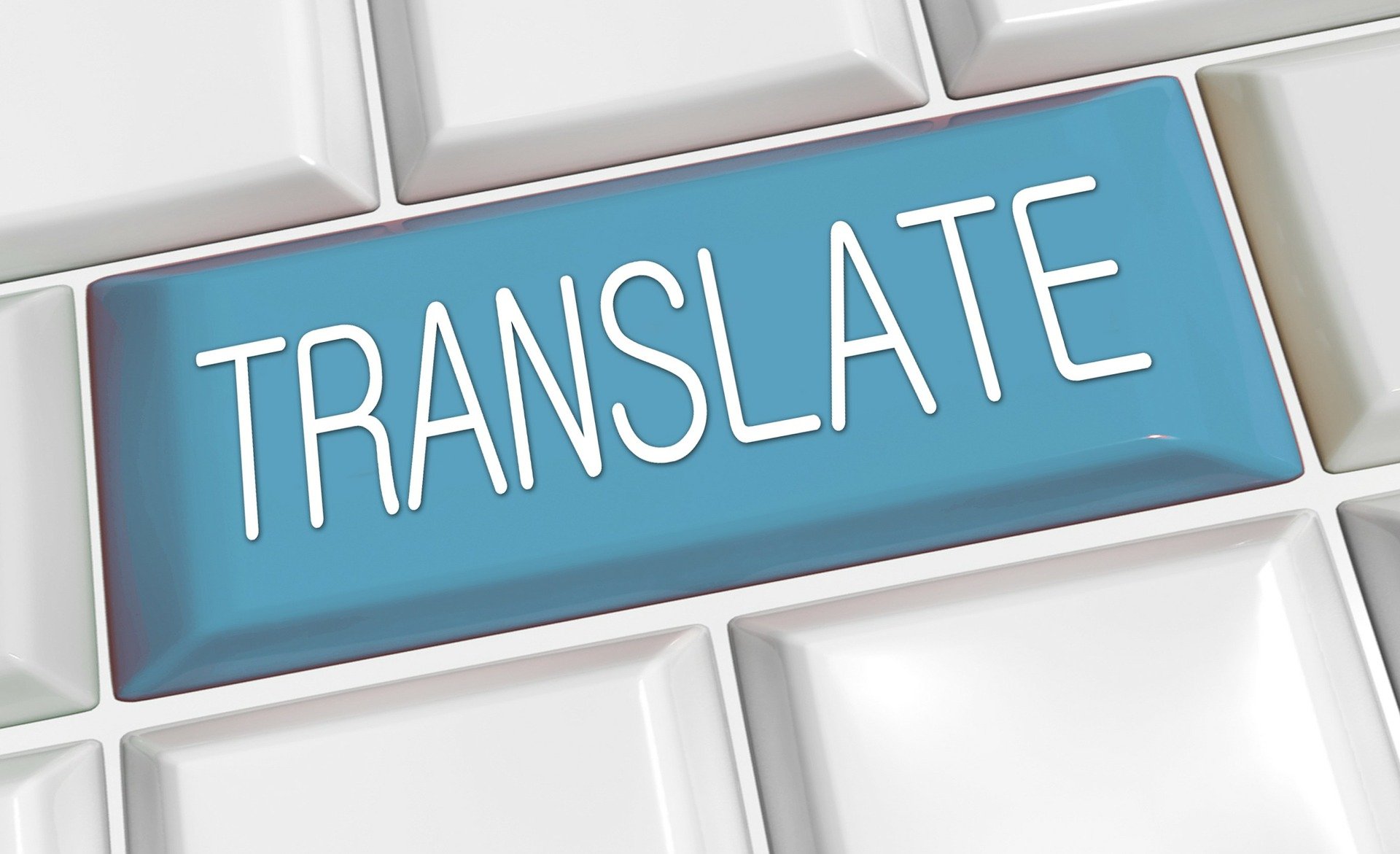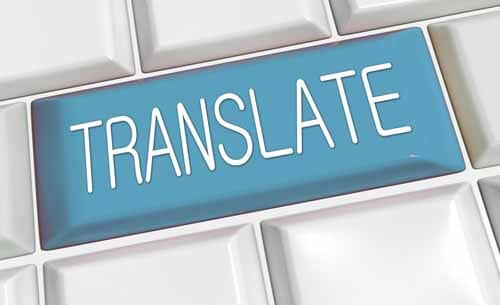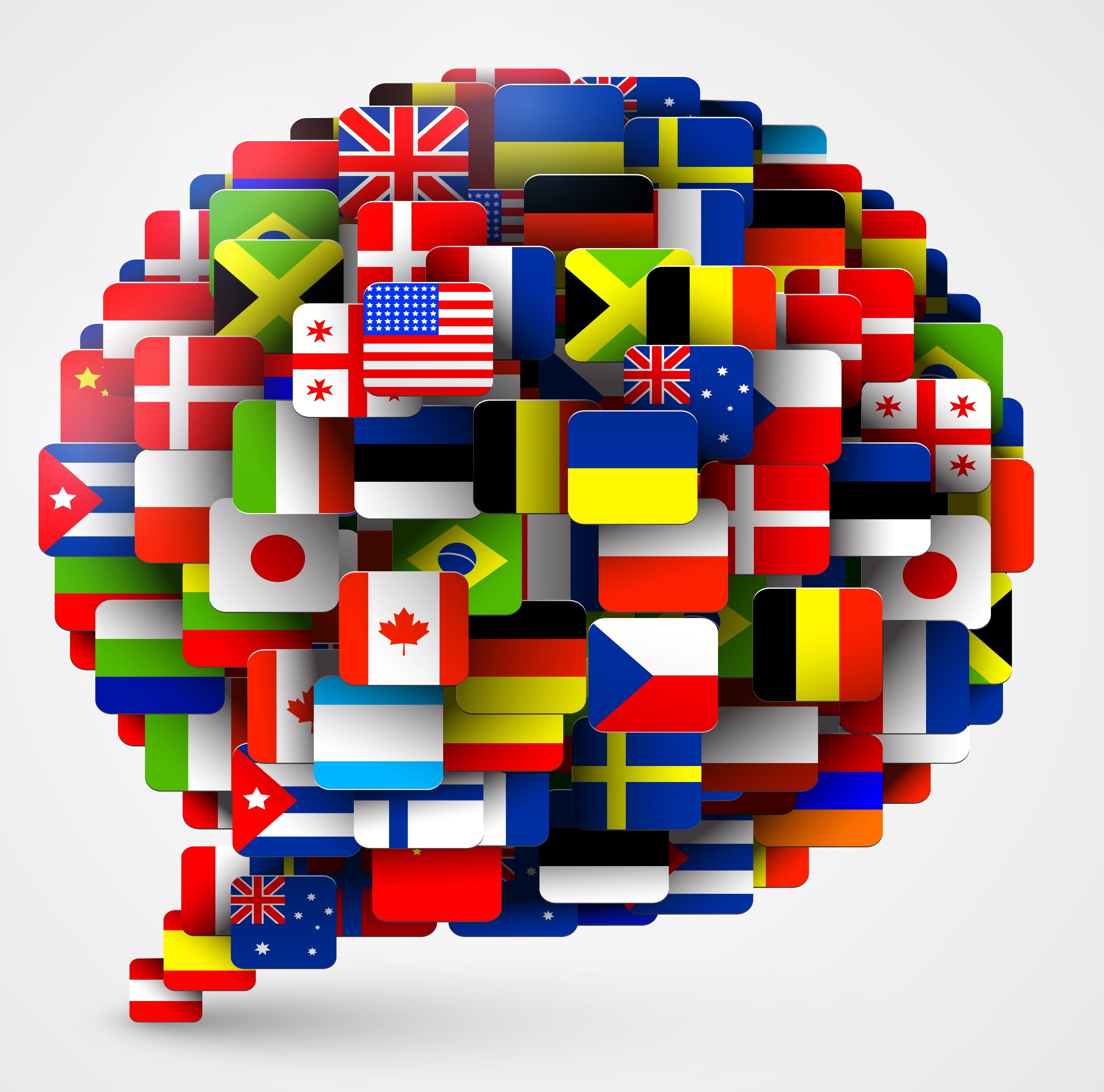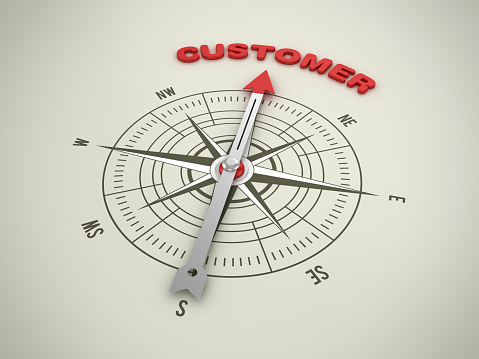Listen to Audio Version:
Table of Contents
- Why Translate?
- Translation Options - Quality Matters
- Understanding the Buyer's Journey
- Translating the Right Content
- Choosing the Right Translation Agency
Recently, I visited a website for a unicycle that I wanted to buy from China. The site did not offer a multilingual dropdown menu, rather it relied on the browser’s automatic machine translation option for visitors. Changing to English resulted in disjointed text and confusing descriptions; within seconds I gave up and moved on.
Purchasing a product and finding the company’s website need to be exceedingly simple tasks. But because the company paid little thought to the customer experience and follow-through, I have to admit the product in question lost a bit of its luster.
It’s this simple – if you lead an ecommerce initiative and don’t translate, you lose customers. And you may be losing them for life. The general consensus worldwide is that anywhere from 80% to 99% of customers will change brands after a single negative customer experience; approximately 68% will never return. Read on to determine whether your e-presence is ready for the global stage, and the best practices for building a translation strategy!

Why Translate an Ecommerce Website
“Living from home” these past few years has undoubtedly changed our consumer habits, or solidified them in ways we could not have previously imagined. Broadly speaking, the customer experience includes any interaction with a company, from a printed brochure to website usability to customer service. A Salesforce Connected Consumer study published in Spring of 2022 reports that 88% of buyers now say the customer experience is more important than the products and services being offered, up from 80% in 2020.
Again, the statistics remain consistent worldwide. In a recent CSA Research survey of nearly 9,000 consumers across 29 countries in Europe, Asia, and the Americas, upwards of 72% shop and browse on websites in their native language. Similarly, a recent Gallup survey of 23 EU countries found that when given the option, 9 out of 10 multilingual people will opt for a website in their first language.
The same applies to buying patterns: CSA found that over 56% prioritize information in their native language over price. In the Gallup poll, 42% of people would actually never purchase products and services from a website in a different language. Here in the US, almost 60% of Spanish speakers agree that a company providing Spanish translation values the Hispanic community. That particular sentiment – of feeling valued – is the precise moment at which language becomes a vital part of the customer experience. And in most cases, it’s the first moment.
Getting the Right Translation Services
The moment that sentiment resonates is also the precise moment at which to consider taking globally-minded action. It’s a subtle shift from consumer to Customer, perhaps, the latter becoming someone just like me who wants to buy something from you.
The cost of customer acquisition generally rises over time, faster during periods of inflation. Budgeting for translation and building it into an initial or reinvigorated ecommerce push mitigates that cost not only by generating an entirely new audience for your company, but by lasting over time. And behavioral economics show that far from becoming a sunk cost, translation within ecommerce represents one of the rare opportunities for prospective cost, costs that have proven results in actual revenue.
Once committed to an ecommerce translation plan, avoid turning it into sunk cost. The most common challenge to a successful campaign is avoiding bad translation.
Translation Options – Quality Matters
Consumers want easy-to-read content that feels familiar and gives them the information they need. Translation options run the gamut and produce anything from incorrect content to passable content wholly ineffectual in its meaning and purpose, to understandable content that relays the message of the text, both literally and in its essence.
Since the 1950s, translation seemed an obvious application for computing power. The complexities went far beyond what computer scientists could imagine, however, and only 50 years later computers can provide enough processing power and storage for even the most basic translations.
Moore’s Law dictates that computing power doubles each year and from 2000 on, Machine Translation (MT) seemed to catapult over rudimentary rule-based and statistical MT, into the realm of neural and AI MT. Today, neural MT can improve, just like the human brain, including the ability to learn the nuances of language. Think of your most recent conversation with a chatbot. That is neural MT at work: human asks question, chatbot parses the general meaning, enough to offer up a few FAQs that may or may not be relevant.
Not the finest of customer experiences, to say the least. MT is only partially to blame for bad translation, though it does top the list of the most common translation strategy missteps:
-
Google Translate plugin (no longer available due to quality issues) or automatic browser translation. Just don’t do it. At best they’re just sloppy and people won’t trust it enough to buy from your site; at worst, you show up on someone’s list of “The 10 Funniest Marketing Translate Fails.”
-
Machine translation with human post-editing. Many translation companies will start with an MT translation, calling in human translators for secondary editing “if needed.” Some will even have the client decide what form of translation to use at the outset. While an improvement over MT alone, the result is almost always a clear mix of the two vastly different approaches and ultimately represents a sunk cost, content just not good enough for customer-facing sites or collateral.
-
Enlisting a friend, family member or employee. Translators are talented, studied individuals trained in their field. Your friends, family and staff are talented, too, but in many cases it’s equivalent to asking someone to help you move – might be okay, but it's not efficient, insured, and professional.
-
Hiring the wrong professionals. Getting matched with a translator experienced in your industry means setting the proper tone and avoiding “shop-talk” mistakes. For example, “lubricious” is a word commonly used in manufacturing to describe the quality of machined parts, but look it up, and also try translating it into a different language and back again, to see how easily a single word can leave a lasting impression.
It’s estimated that at least 40% of words in the English language have more than one meaning. And at least 3,000 new words are added to a lexicon each year. Polysemes, words and phrases with multiple meanings, make the marketing world go ‘round, simultaneously eliciting neural and emotional responses, all designed to at once attract and gain a customer’s trust. A professional translator pays especial attention to these words and phrases to translate not only content, but the customer experience as well.
Understanding the Buyer’s Journey
In this long-tail economy many consumers are impartial to brand upon the outset; in fact, some experts estimate that for certain types of products, upwards of 90% of buyers are undecided on brand when they first start the journey. Thereafter, however, brand loyalty isn’t just going up, it’s getting more personal, which explains why some potential customers simply never return if you don't connect with them on an emotional level.
A useful experiment is to live the buyer’s journey. You are the customer. As in my initial scenario you get to the site you need, quite easily, and for a specific reason. This time the site can be translated into your native language. Which of the following next affects your experience enough that you go looking for a different brand?
Bad navigation. Websites that have their translation buried under “locations,” at the bottom of the page, or deep in the text also forego a good first impression. Best practice is to include a flag or globe at top right side of your website with the translated languages in a drop-down menu. Remember to use native languages in your menus. Learn more tips about website navigation.
Wrong images and references. Customizing graphics on translated pages to feature recognizable people and places from the target region is easy and can make a big difference. In addition, look at references like holidays, sports, vacation areas, and other related cues, even colors. Make sure they feel familiar to the target audience.
Incorrect units of measurement. A simple part of localization is being sure to show the local currency. Hreflang tags within your HTML tell Google the country from which the search originates and serves up the same page in its corresponding language. The same holds true for dates, distances, weights. Good translators will guide you based on importance and intention. Here are more translation considerations when marketing your ecommerce site.
Inconsistent translation. Imagine clicking on your cart, a step away from making a purchase, when you encounter a picture of the product with a different name, or an unrecognizable one. A translation management strategy integrates language changes throughout the buyer’s journey, otherwise the process quickly becomes confusing and sloppy.
Translating the Right Content on your Ecommerce Website
Content priority is an essential part of a solid translation management plan. From keywords to customer service, identifying the content essential to the entirety of the buyer’s journey makes the difference between a one-time customer and a repeat one. A good translation service will help you identify this content, as well as everything in-between.
Don’t forget to include:
Keywords. Your keywords are gold, and no strategy in the world will help if your prospects can’t find you. You know how much time you spend on your SEO; make sure to have a good translator provide you with options so you can test what works best. It’s not as simple as a word-for-word translation; professional translators make comparisons based on culturally appropriate usage and meaning.
Customer-facing collateral. Even if you translate your website, social media, marketing platforms, and other marketing material, remember that packaging, user guides, and package inserts all need to be translated too. With good planning, you may be able to leverage the same copy on your packaging and marketing.
CE Mark and other legal documentation. European countries require that certain exports receive a safety assurance CE Mark. Make sure to translate the necessary information and documents to mitigate liability.
Post-sales support. Research shows that 75% of buyers’ journeys continue through to post-sales customer service. Fortunately, post-sales support needs quickly become evident, so they are also easily replicated across different languages. Remember, too, your user manuals, new product and upselling materials, and FAQs. As for email and customer support in-language, consider gathering the most common questions and answering them on a web page so you can refer customers there, adding to and editing the page over time.
Consistency. When you translate for your website, use the same translated product names and descriptions on marketplaces such as Amazon or Alibaba. With inconsistency, the customer gets confused. You want an easy buyer's journey with no friction.

Choosing the Right Translation Agency
A qualified translation company will help you navigate every stage of translating your ecommerce website, through to a complete, positive customer experience. And in addition to knowing what to avoid, they will guide you toward the translation management best practices that increase efficiency, including:
Linguistic matchmaking. Translation is like original writing; the translator is tasked with delivering every nuance of your message. When your translation service provider consistently assigns the same translator to your account, over time the translator gains deeper knowledge each time they write or translate a piece of content. Make sure your agency assigns a qualified translator and keeps that person on your material. Many companies randomly assign translators as projects arise so ask about this at the start. Learn more about getting consistent translations with linguistic matchmaking.
Reusing content. Marketing is repetition. By making sure your customer sees your consistent message and benefits, they build trust. Many times, translation can be reused, which saves you time and expense. Make sure your agency develops a process with you for reusing content where you can.
Email translation. Many times, clients ask us if we translate emails. Of course we do. Yet the costs can quickly add up since emails are short and quick and every agency has a minimum charge. Instead, consider landing pages to answer the most commonly asked questions. Customers typically have similar questions and by anticipating them, you can create a page of answers or an FAQs page that, when translated, can answer many common questions. This saves the expense of translating emails one-by-one and gives you the opportunity to add new questions as they arise. Plus, it simplifies the buyer’s journey as all the information is readily available.
Phone interpreting. For those rare instances when you have to talk to someone that speaks a different language, consider using phone interpreting. There are no set up or monthly fees, you just pay for the minutes that you have the interpreter on the line once you set up an account. It’s affordable and fast.
Webinars and tutorials. With video becoming increasingly popular, adding foreign language voice-overs or subtitles to your videos makes them accessible to new buyers. Once you release them in English, your metrics will tell you if it’s a popular one. If it is, adding voice-overs or subtitles is a great way to share information.
And finally, to start your global outreach, align your multilingual marketing with your corporate and marketing strategy. This allows you to stay focused and not spread yourself too thin. Once you’ve developed a process and determined the human and technology requirements for one language, you can replicate it across new languages. Just focus on quality and the customer experience will follow.
If you have any questions specific to your business, I’m happy to share advice for free. Schedule a time to meet with one of our ecommerce translation specialists.
Rapport International specializes in multilingual communications, providing language translation and interpretation services that are accurate and culturally appropriate. We use the right voice and the correct terminology to avoid liability, customize services to your needs, and deliver on time and within your budget. With our 100% satisfaction guarantee, you can trust that it’s done right. Contact us today if you would like more information or to get a free quote.
Popular Posts
Popular industry news, interviews, technologies, and resources.


















